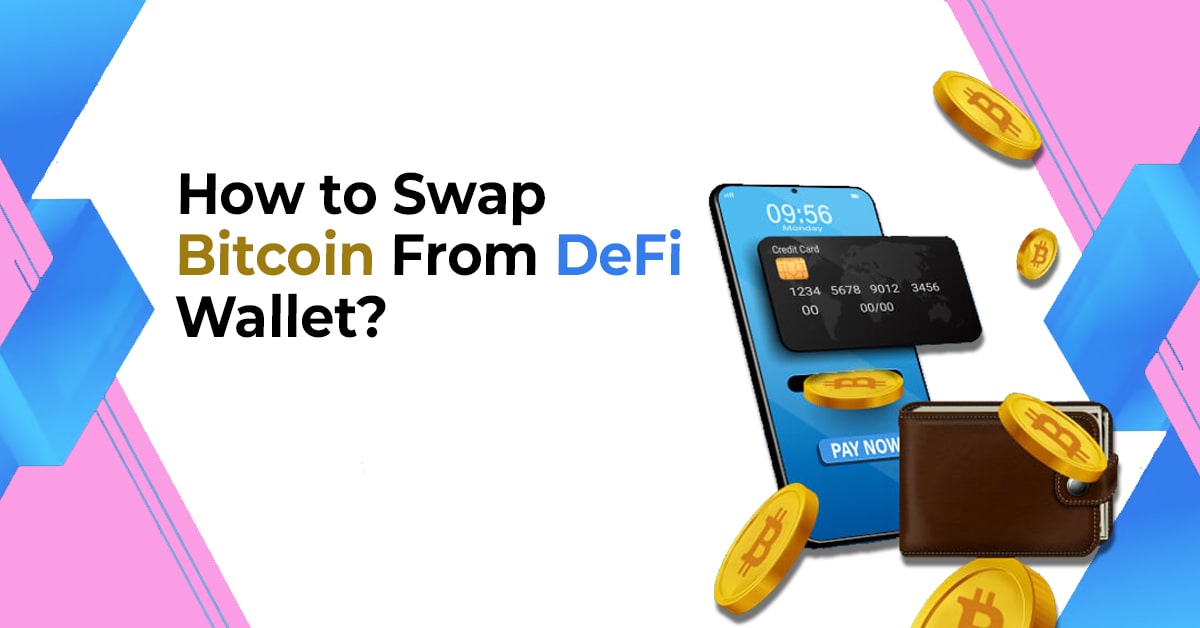What Is DeFi Wallet?
Decentralized Finance (DeFi) has revolutionized the way we engage with financial services, providing users with unprecedented control over their assets. One of the key functionalities within the DeFi space is the ability to swap cryptocurrencies seamlessly. In this guide, we’ll walk you through the process of swap Bitcoin from DeFi wallet, opening up a world of decentralized trading opportunities.
Follow The Simple Steps To Swap Bitcoin From DeFi Wallet
Step 1: Choose a DeFi Wallet
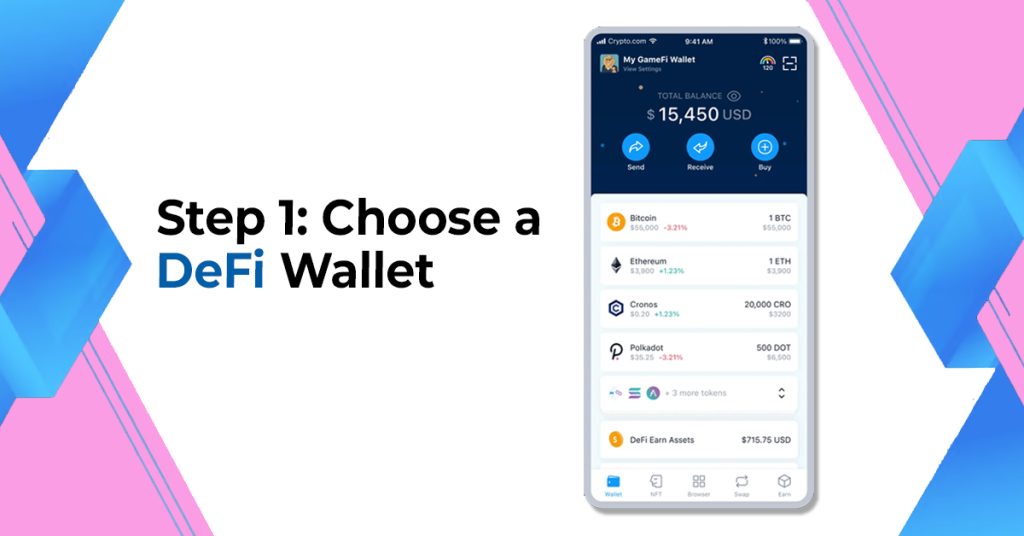
Before you can start swapping Bitcoin, you need a DeFi wallet that supports such transactions. Popular options include MetaMask, Trust Wallet, and Coinbase Wallet. Ensure that your chosen wallet is compatible with the decentralized exchanges (DEX) where you plan to perform the swap.
Step 2: Fund Your DeFi Wallet
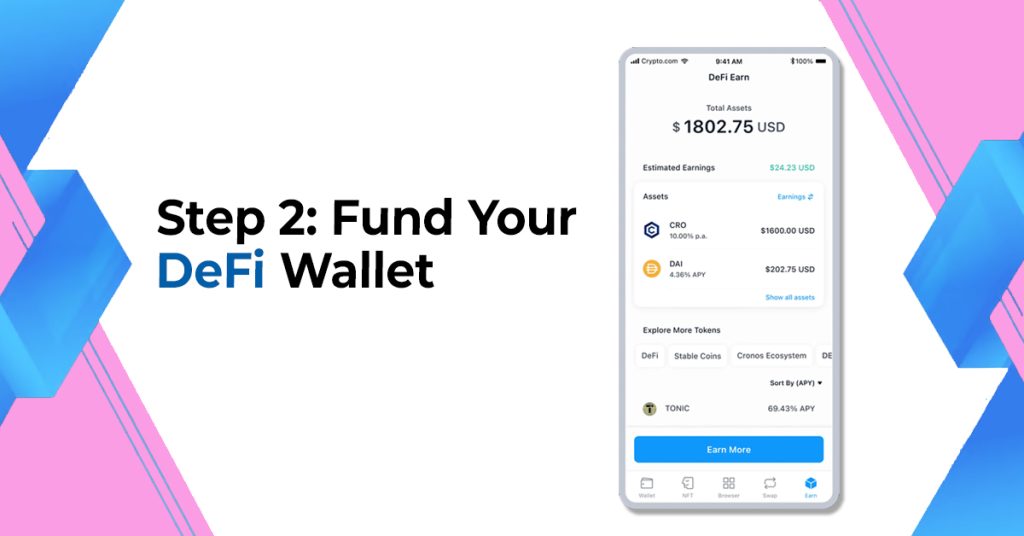
Once your wallet is set up, you’ll need to fund it with Bitcoin. Transfer Bitcoin from your existing wallet or exchange to your DeFi wallet address. This step usually involves copying your DeFi wallet address and initiating the transfer from your Bitcoin wallet or exchange.
Step 3: Connect Your Wallet to a Decentralized Exchange
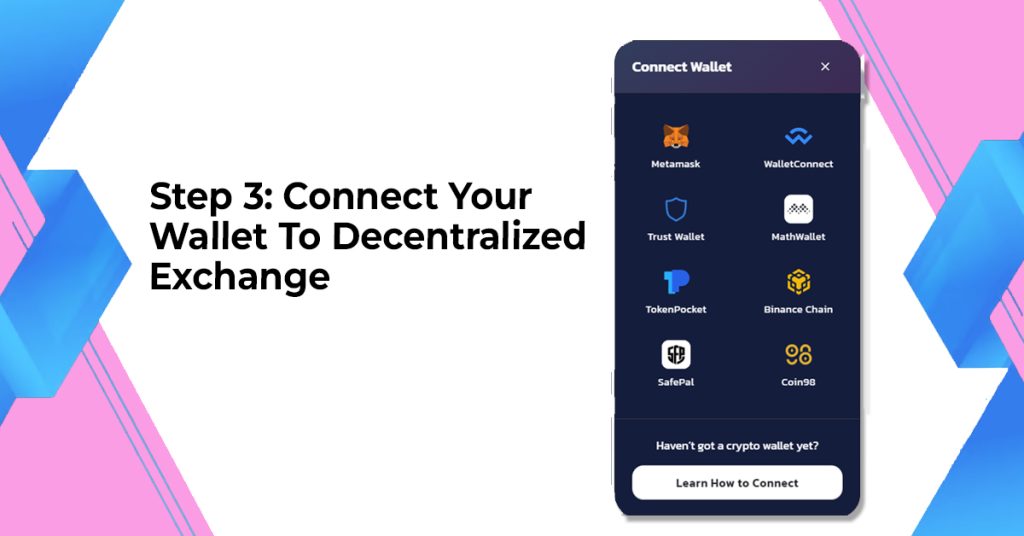
To swap Bitcoin in a decentralized manner, you’ll need to connect your DeFi wallet to a decentralized exchange. Popular DEX platforms include Uniswap, SushiSwap, and PancakeSwap. Open the DEX platform of your choice and look for the option to connect your wallet.
Read Also:- How to Swap Bitcoin in Electrum Wallet?
Step 4: Locate the Bitcoin Swap Pair

Once your wallet is connected, navigate to the trading interface and locate the Bitcoin trading pair you want to swap. For example, if you want to exchange Bitcoin for Ethereum, find the BTC/ETH trading pair.
Step 5: Enter the Swap Details

Enter the amount of Bitcoin you want to swap and review the transaction details, including the estimated gas fees. Gas fees are the costs associated with processing transactions on the blockchain, so be prepared for this additional cost.
Step 6: Confirm the Swap
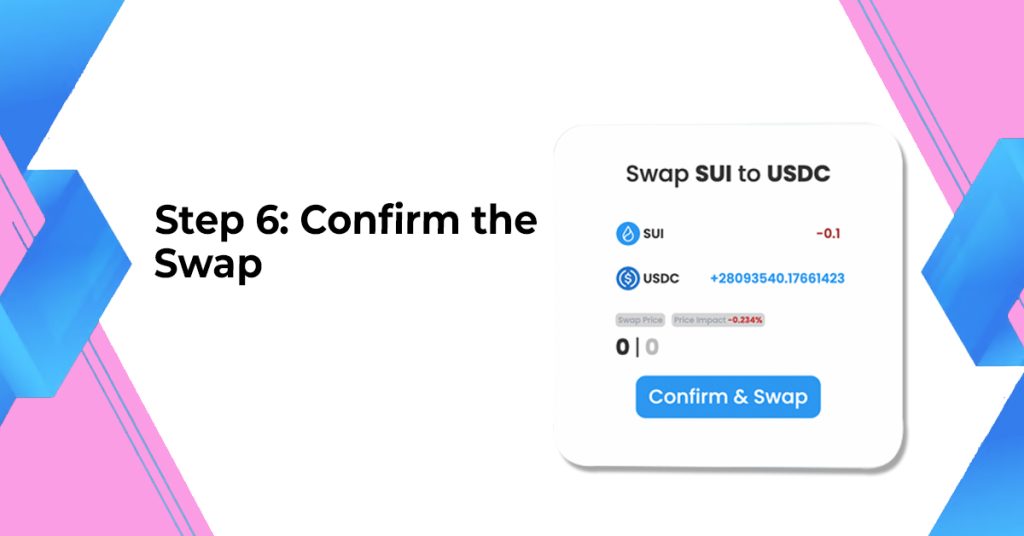
After verifying the transaction details, click on the “Swap” or “Confirm” button to initiate the swap. Your wallet may prompt you to confirm the transaction one more time. Once confirmed, the decentralized exchange will execute the swap.
Step 7: Monitor the Transaction

Transactions on the blockchain may take some time to be confirmed. You can monitor the progress of your swap on the decentralized exchange or check your wallet’s transaction history. Be patient, as blockchain confirmations may vary depending on network congestion.
Conclusion:
Swap Bitcoin from DeFi wallet opens the door to a world of decentralized trading possibilities. By following these steps, you can seamlessly exchange Bitcoin for other cryptocurrencies while maintaining control of your assets. As with any financial transaction, it’s essential to double-check all details before confirming the swap and stay informed about gas fees and blockchain transaction times. Happy swapping!
Frequently Asked Questions (FAQ)
How Do I Fund My DeFi Wallet With Bitcoin?
To fund your DeFi wallet with Bitcoin, copy your wallet address and initiate a transfer from your existing Bitcoin wallet or exchange. Paste the DeFi wallet address as the recipient, and ensure you have double-checked the address to avoid any errors.
Which DeFi Wallet Is The Best For Swapping Bitcoin?
There are several reputable DeFi wallets, including MetaMask, Trust Wallet, and Coinbase Wallet. Choose a wallet that aligns with your preferences, security features, and compatibility with the decentralized exchanges you plan to use.
Is It Safe To Swap Bitcoin On Decentralized Exchanges?
Decentralized exchanges are generally considered secure; however, it’s crucial to use reputable platforms and follow best security practices. Ensure that your DeFi wallet. It is well-protect with a strong password and two-factor authentication to enhance security.

